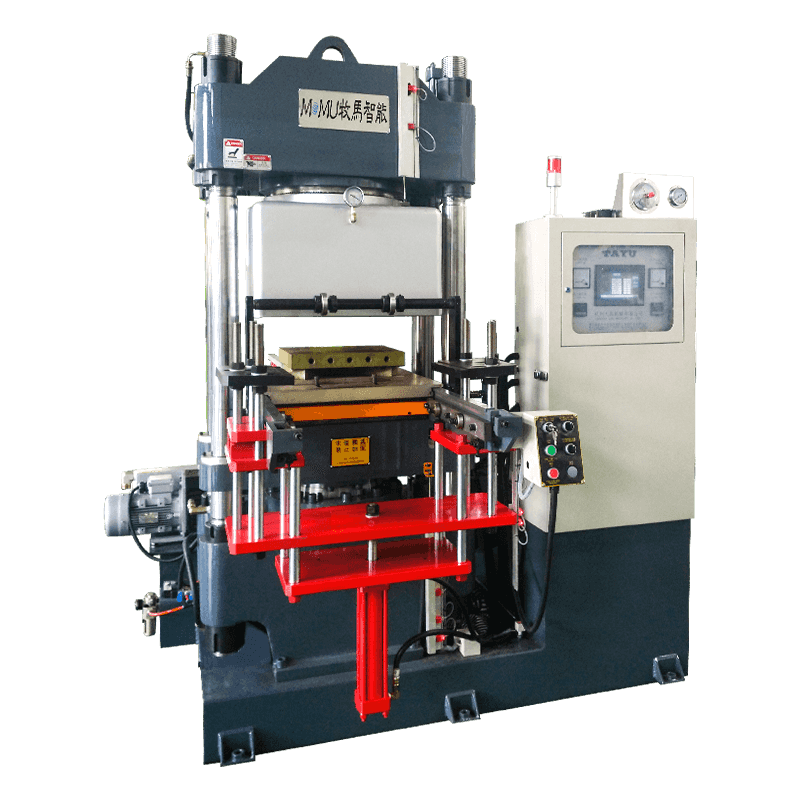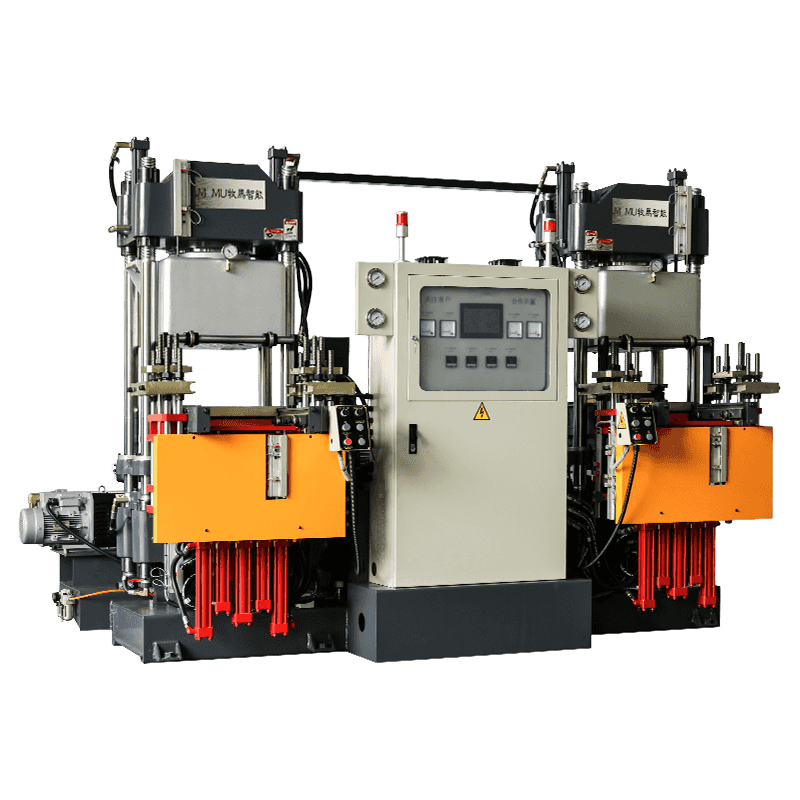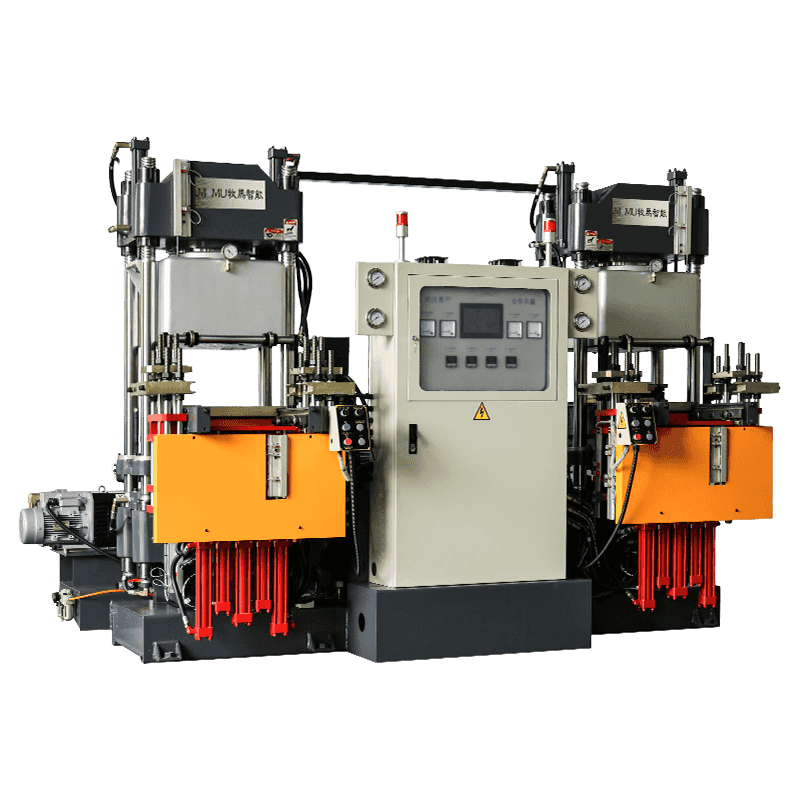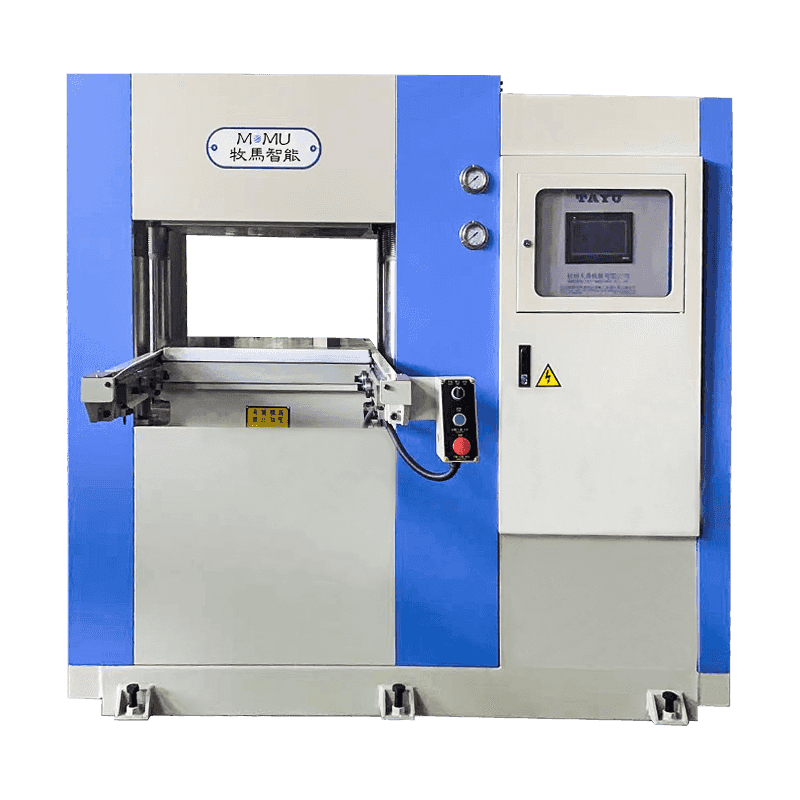In the manufacturing world, rubber products are everywhere—from automotive components and industrial seals to consumer goods and medical devices. Behind these essential items is a powerful piece of machinery: the rubber compression molding machine. Known for its precision, durability, and versatility, this machine has become the backbone of rubber production across industries. But what exactly is a rubber compression molding machine, how does it work, and why is it so important today?
What is a Rubber Compression Molding Machine?
A rubber compression molding machine is a specialized press designed to mold rubber into complex shapes by applying heat and pressure. The process involves placing pre-measured raw rubber into a heated mold cavity and then closing the mold under high pressure. As the rubber cures, it takes the shape of the cavity, resulting in a finished product with the desired dimensions and physical properties.
This method is one of the oldest and most widely used techniques in the rubber industry. Despite the rise of alternative processes like injection molding and transfer molding, compression molding remains vital due to its cost-effectiveness, ability to handle large parts, and suitability for a wide variety of rubber compounds.
How Does a Rubber Compression Molding Machine Work?
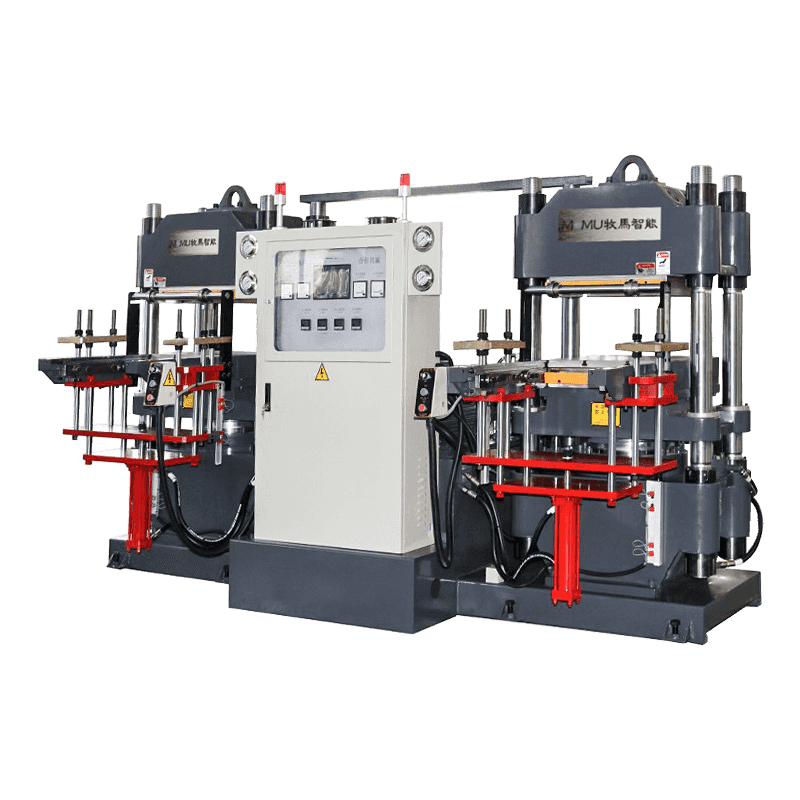
The operation of a rubber compression molding machine typically follows these steps:
Mold Preparation – The mold is cleaned and preheated to the required temperature.
Loading the Rubber – Uncured rubber material (often in preformed shapes like sheets, pellets, or blanks) is placed into the mold cavity.
Compression and Heating – The mold is closed, and the press applies high pressure while maintaining elevated temperatures. This allows the rubber to flow and fill the cavity.
Curing – The rubber undergoes a chemical process called vulcanization, where heat and pressure stabilize the material’s structure, giving it strength, elasticity, and durability.
Demolding – Once cured, the mold is opened, and the finished rubber part is ejected or removed.
This straightforward process makes compression molding ideal for both small-scale and large-scale production.
Key Features of Modern Rubber Compression Molding Machines
Today’s machines are far more advanced than their predecessors. Common features include:
High Tonnage Presses: Machines with tons of clamping force to mold large, dense rubber components.
Automated Controls: Digital interfaces and PLC systems that allow precise temperature, pressure, and time adjustments.
Energy Efficiency: Modern designs reduce energy consumption while maintaining high productivity.
Multiple Cavity Molds: The ability to mold several parts at once for increased efficiency.
Customizability: Machines can be tailored to specific industries, from automotive to aerospace.
Applications of Rubber Compression Molding Machines
The versatility of these machines makes them indispensable across many sectors.
1. Automotive Industry
Rubber seals, gaskets, bushings, and vibration dampers are crucial components in cars, trucks, and heavy vehicles. Compression molding machines ensure these parts are durable enough to withstand heat, pressure, and constant motion.
2. Industrial Equipment
Heavy-duty machinery relies on rubber pads, seals, and shock-absorbing components. Compression molding machines provide the strength and precision required for these critical parts.
3. Consumer Goods
Everyday products like rubber grips, footwear soles, and kitchenware are often manufactured using this method because of its cost efficiency and adaptability.
4. Medical Industry
Medical devices require biocompatible rubber parts such as seals, stoppers, and grips. Compression molding allows for the production of sterile, precise components.
5. Aerospace and Defense
In high-stakes industries, molded rubber is used for vibration isolation, sealing, and insulation. Compression molding ensures the performance and reliability these applications demand.
Advantages of Rubber Compression Molding Machines
Why do manufacturers continue to rely on this method despite the availability of alternatives?
Cost-Effectiveness: Particularly suitable for low-to-medium production volumes, minimizing mold costs.
Ability to Mold Large Parts: Compression molding can produce components that are difficult to achieve with injection molding.
Material Flexibility: Works well with high-performance rubber compounds like silicone, nitrile, and neoprene.
Durability of Parts: Compression molded parts often have superior strength and resilience.
Simple Operation: Easier to set up and operate compared to more complex machinery.
Challenges and Considerations
Like any manufacturing process, rubber compression molding has limitations:
Longer Cycle Times – Compared to injection molding, curing and molding cycles can take more time.
Labor Intensive – Manual loading and unloading increase labor requirements, though automation is improving this aspect.
Material Waste – Excess flash (extra material squeezed out of the mold) may require trimming, leading to additional processing.
Limited Precision for Complex Designs – While effective for large and simple shapes, it may not always match the precision of other molding techniques.
Despite these challenges, continuous improvements in machinery design and automation are addressing many of these issues.
The Future of Rubber Compression Molding Machines
The rubber industry is evolving, and so are the machines that power it. Several trends highlight the future of this technology:
Automation and Robotics: More machines are incorporating robotic arms for loading and unloading, reducing labor costs and improving safety.
Smart Manufacturing: Integration with IoT and AI allows for predictive maintenance, real-time monitoring, and greater efficiency.
Eco-Friendly Operations: With sustainability becoming a priority, newer machines are designed to minimize waste and optimize energy consumption.
Hybrid Molding Techniques: Combining compression molding with other processes could expand its capabilities further.
As industries demand more complex and durable rubber products, rubber compression molding machines will continue to adapt and remain essential.
Conclusion
The rubber compression molding machine may not always be in the spotlight, but it plays a critical role in shaping countless products that we rely on every day. From the tires on our cars and the seals in our washing machines to the medical devices that save lives, these machines ensure that rubber parts are strong, reliable, and built to last.
